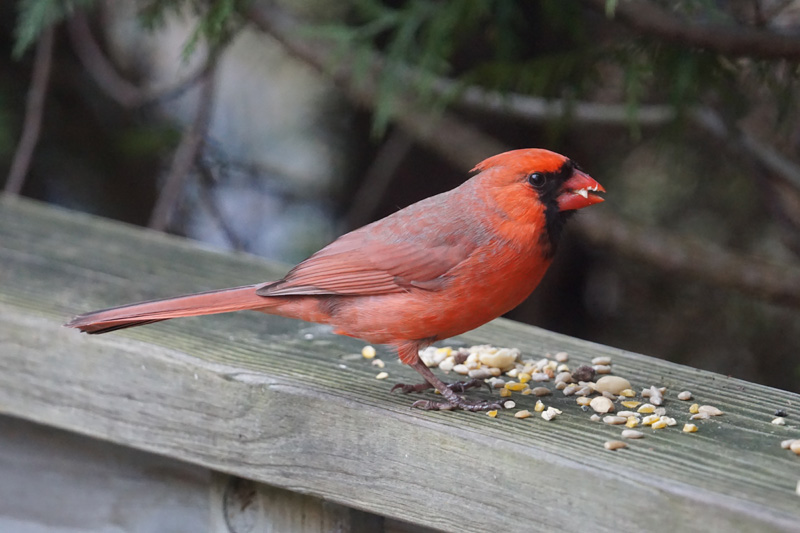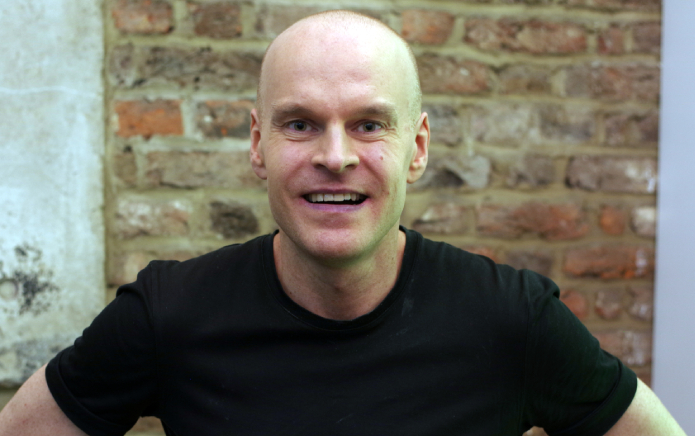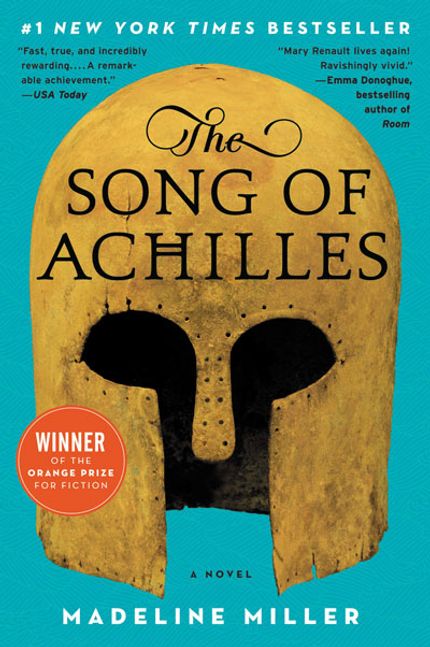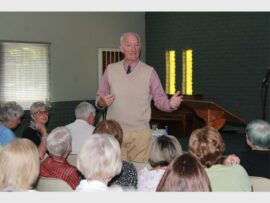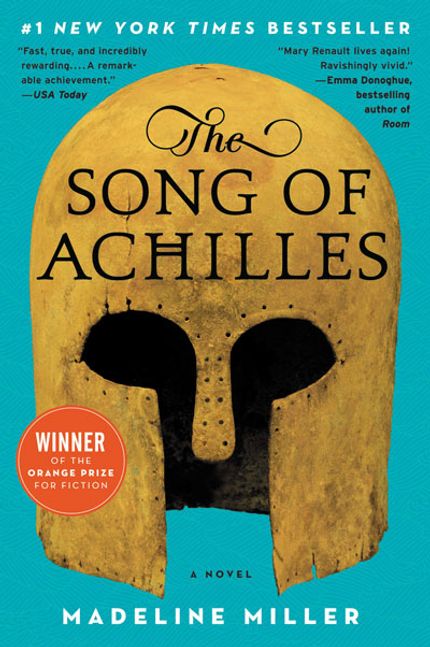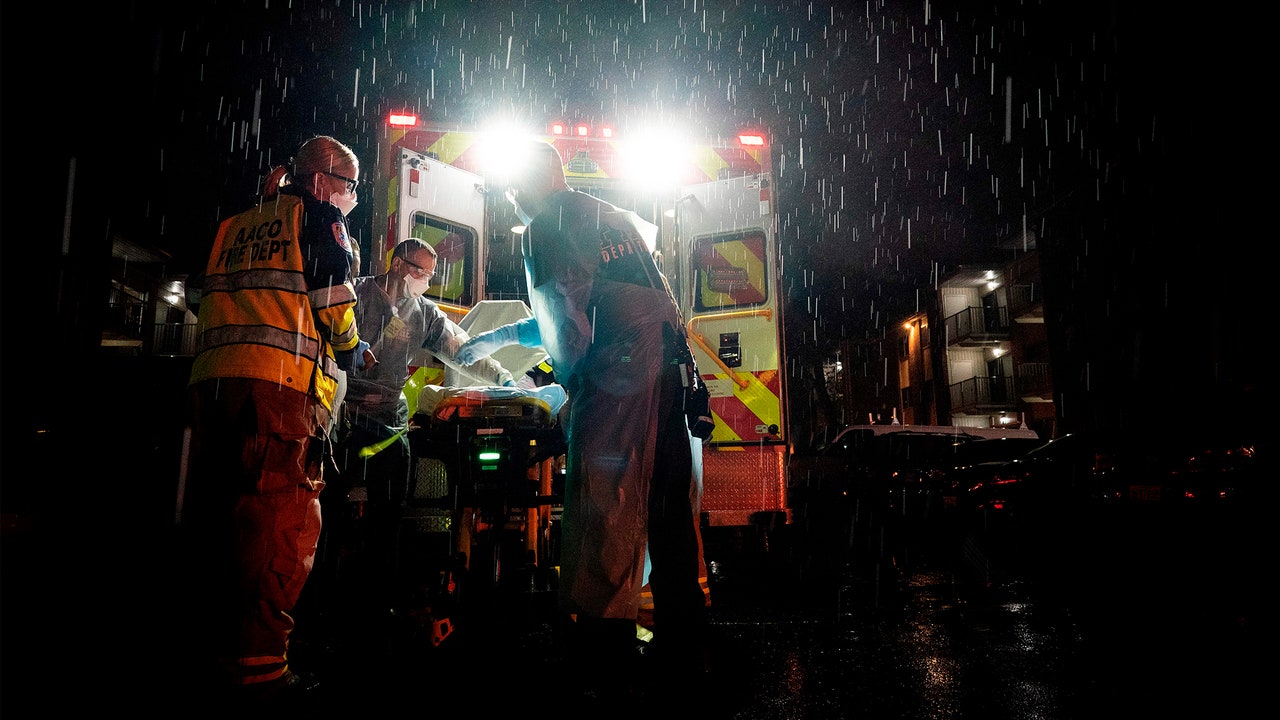
The 63rd annual Martha’s Vineyard Christmas Bird Count (CBC), held on the first day of the year, was in one respect the most enjoyable count in recent memory: Once some morning fog burned off, conditions were unbeatable, with mostly sunny skies and temperatures in the low 50s. For an event that can be numbingly cold, and in recent years has been pretty consistently wet, the gorgeous weather was a welcome surprise.
If only the birding had been as good! Despite the fine conditions and robust participation — more than 80 people counted birds either in the field or at home as “feeder watchers” — results were only about average, with numbers of many species on the low side. Results are still in flux, which is not unusual for a complex birding event like this one. But it looks like we tallied 122 or 123 species. The overall count of individuals, at just over 18,500, was low.
What went wrong? Well, one thing to remember about birding, and indeed about natural history generally, is that any given day in the field is actually affected by conditions over previous days, weeks, or months. In this case, a generally mild fall season had me at least halfway expecting a record-breaking year; lots of waterfowl and “semi-hardy” songbirds lingered deep into December.
But recall the dramatic shifts in the weather here just before Christmas. Mild weather gave way to rain, and then to a sharp drop in temperature, and then several inches of snow. The pattern is a bad one for songbirds. The sequence of rain (which wets feathers and limits foraging), cold, and then snow (which covers food supplies) surely forced many birds to move farther south, or else killed them with some combination of hypothermia and starvation.
Moreover, although many of the Island’s freshwater bodies had thawed out by the count, they had mostly been frozen solid just a few days before. This forced many of the ducks that had been lingering here to leave. Thus it was that several ponds where I was expecting a good mix of waterfowl presented me with empty water.
Easily the count’s most notable sighting occurred in an interesting way. Covering Aquinnah, ornithologist Brad Winn, one of several off-Island “ringers” helping out from Manomet, took photos of distant seabirds from the overlook at the Gay Head Cliffs. Most of these proved to be razorbills — plump little black-and-white members of a group of birds known as the alcids.
But a couple of the birds photographed looked odd, and with the help of Mark Faherty, whom you might know as the voice of birding on WCAI radio, they were finally identified as common murres. Test your ID skills here: bit.ly/BirdIDCBC.
This is a new species for the Vineyard count, and one that probably qualifies for the description “locally rare.” Years go by with no reports from Vineyard waters, and in 25 years of birding here, I’ve never seen one myself. This was a tribute to the advanced state of birding technology and the science of bird identification, and a nice bit of work by Brad and Mark.
Still in play is another interesting bird. Two days before the CBC, Warren Woessner found a black vulture as it perched on the Oak Bluffs Steamship Authority terminal. The bird remained there for the entire day, and was observed again the next day near Sunset Lake in Oak Bluffs. But on count day, the Oak Bluffs team, despite an abundance of effort, talent, and local knowledge, could not find the darn bird to save their lives. This was, to say the least, annoying: Black vulture has only been tallied once on the count itself (Carol Dell spotted one while birding the Vineyard Haven territory in 2006), and has only turned up as a “count week” bird — that is, seen within the week centered on the count — on two occasions.
Count coordinator Luanne Johnson reports that a photo of the vulture, evidently taken on the day of the count, turned up on social media. The jury is still out, though, on whether that truly counts as a sighting, or whether the person who posted the sighting needs to be enrolled, even retroactively, as a participant in order for the bird to be tallied! The vulture still, of course, qualifies as a “count week” species. But to get only partial credit for this otherwise cooperative bird would be an epic disappointment.
But in one important respect, this count was highly successful: We generated good data. In addition to being a social event and day of fun birding, the CBC is a continent-wide community science project, run by National Audubon, to track winter bird numbers and distribution. In an impressive community effort, the Vineyard fielded a lot of talent, worked hard, and found what there was to be found.

